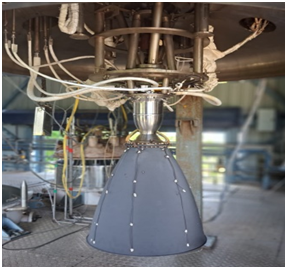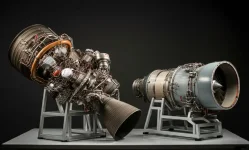- Views: 440
- Replies: 2

India's space program has taken a significant leap forward with the development of a lightweight Carbon-Carbon (C-C) rocket engine nozzle.
The Indian Space Research Organisation's (ISRO) Vikram Sarabhai Space Centre (VSSC) spearheaded this breakthrough, which promises to increase the payload capacity of the nation's launch vehicles.
Advanced Materials, Enhanced Performance
VSSC researchers employed cutting-edge Carbon-Carbon (C-C) composites to create the innovative nozzle. These materials offer exceptional strength, stiffness, and low density, while maintaining their properties in the extreme heat of rocket engines.The nozzle also features a specialized silicon carbide coating, shielding it from oxidation and corrosion. This allows the nozzle to operate in the harsh environments of space for longer periods.
The Benefit: More Payload
The primary advantage of the new C-C nozzle is its significantly reduced weight.When used on ISRO's dependable Polar Satellite Launch Vehicle (PSLV), it could reduce the upper stage's weight by an impressive 67%.
This translates to a potential payload increase of 15kg (33 lbs) – a valuable margin for satellite launches.
Successful Tests Confirm Progress
ISRO has rigorously tested the new nozzle. In March and April of 2024, hot tests conducted at the Mahendragiri facility simulated real-world operating conditions, including temperatures exceeding 1200 Kelvin (1700° F).The results matched expectations and confirmed the C-C nozzle's durability and performance.
An Exciting Future
This technological advancement positions ISRO to take on more ambitious space missions.With the ability to launch heavier payloads, India can send more powerful satellites into orbit for a range of scientific, communication, and Earth observation purposes.



